I read Jennifer’s lovely post about portraits and that made me think. And to be honest I haven’t been able to stop thinking about photography and the definitions in that post. Let me start by saying this isn’t me saying I know better – I just have to share my thoughts about how I look at photography all together.
A starting point
It all started when I read the definition of portraits:
”a pictorial representation of a person usually showing the face” – Merriam-Webster Dictionary.
There is two things I object to. The first is that portraits most be of “people” – and I think I share that objection with Jennifer. But second I also object to the part that portraits is a representation of a person. Because I always think that a portrait is more than just that. From my point of view I think that we as photographer are a part of the picture. I don’t think that portrait’s only are a representation of the subject but also a representation of the photographer.
Is the photographer invisable?
In any photographic image the result is a representation of the photographer and his or her knowledge about the subject. But also of the photographers values, perspective and objectives (which can be both personal or business) etc. Reading the definition of portraits make me wonder where is the photographer? We do interpret our motives: toys or persons. And that affects the portrait and in the end the image. We as photographers always give the viewer our representation of the motive. And every definition of photography ought to include that. As I see it 🙂
The image is representaion of the photographer
For me photography of toys or people is about the photographer as well as the motive. In my photography I don’t think that I even can do a portrait of who a person is or who or what a toy are. My strongest believe is that I only can do a picture of what I see and ”think” that person/toy is. So even though I love Jennifer’s post about portrait, I don’t agree with the idea that I as a photographer can be invisible and only portray or make a representation a person or a toy. We -as photographers -are, as I see it, very much part of the image.
Kristina


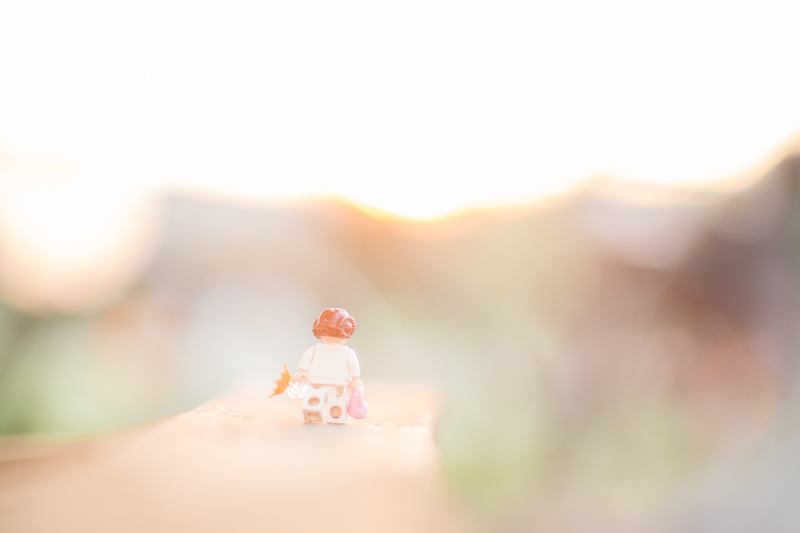
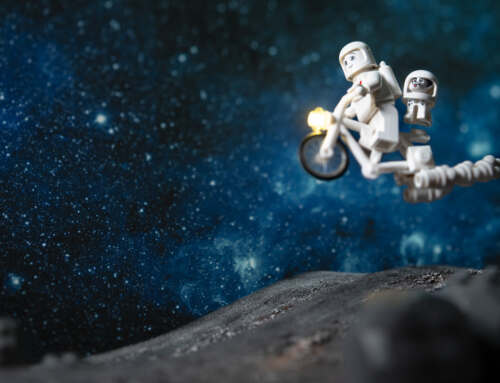
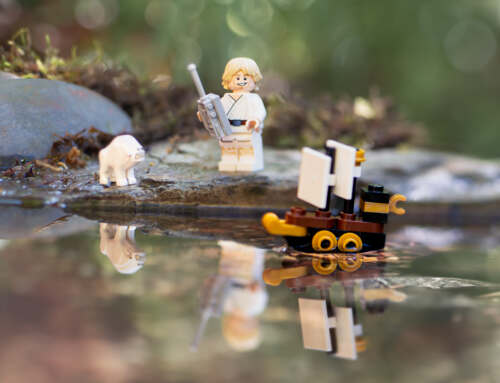
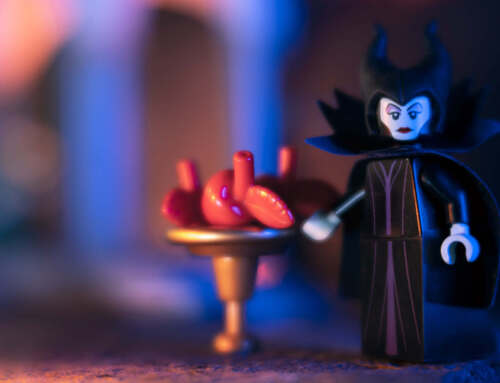
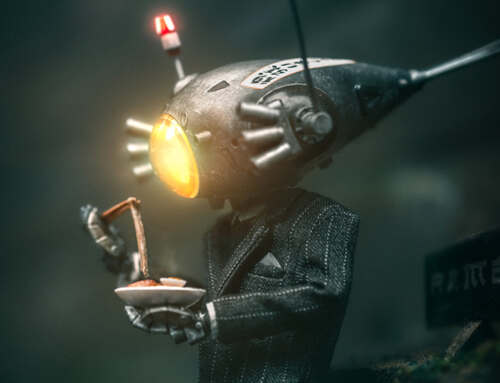
Kristina, this is a great post – and I love it that you reply to Jennifer’s which I also read with huge interest. Much as I would agree with you, there is one thing that bugs me here: “Whoaaa, do they see me in my photos?”
Like an author can assume any narrator’s role in a novel – Raymond Chandler is not be confused with Philip Marlowe, for instance – I should think that a photographer can assume a perspective which is not necessarily 100% his own. With other words, especially in a genre as narrative as toy photography, we should always be prepared to find the photographer playing a role.
The choice of that role, however, may be very personal, and tell us something about the author…
Just my 2 cents – and I am not sure if anyone can agree, so I thought I test run this idea here.
Yes we do, we see you in your images… believe me!
To be honest, I’ve got no idea if that can be a generality, but at least I can only agree with you Kristina. Although my photos are about characters that were designed by others, the more I grow as a photographer, the more I feel the images I create are not about those characters, but only about me.
Like Tobias, this makes me wonder if the viewers are aware of that…
I think they are … and the more you evolve as a photographer the more the viewer will be able to see you in your work
I’ve actually thought about this – specifically how much of a photographer’s voice and identity is infused into the images they make (whether intentional or not). There are absolute degrees of this, from images that are created in a completely anonymous and concept-free way (like the images of food in a supermarket newspaper ad, or models modeling clothes in a Nordstroms catalog), to images that set out to capture an individuals depth and personality (from an actor’s headshot to full on portraiture) to portraits that are driven by stories and artistic vision (i.e. fine art photography or, yes, creative toy photography). Subject and reality are also key factors. If I am taking a portrait of actor Christopher Walken, even if it’s a highly creative or conceptual one, I’m invisible for the most part (except to other photographers and to those who’s livelihoods involve the use of images) because the presence and depiction of the subject is really the point and the goal. Yes, how viewers will react to an image depends solely on your creative and technical skills as a photographer, and how you guide them through an image, but they rarely see and realize that on a conscious level. They just see Christopher Walken. And again, I think that’s ultimately the goal, to remain invisible and let the viewers focus on the subject. And conventional portraits deal in reality – e.g. here is a person that is alive and posing for this image – this typically doesn’t require the viewer to consider that there is actually a photographer creating that image. An extreme example is cinematography. For the life of me I cannot name a single Academy Award winning cinematographer (although I’m sure I would recognize a few names immediately if presented to me). But being a visual artist, I obviously know that cinematography can affect a film as much as the script or acting, and I am often conscious and even awestruck by good cinematography while viewing a tv show or movie. But for the most part cinematographers are invisible to me – they are part of the end result, just as is the movie’s musical score.
Now when you begin to break from reality – and toy photography is an extreme and perfect example – I think it’s much harder to separate the image from the photographer. We tell stories using toys and bring them to life. A successful toy photo briefly suspends reality by capturing emotion and/or motion, and that seems magical to people. But if that seems magical, then the next reaction is that surely there is a magician, the photographer. The success or failure of a toy photo is directly tied to the photographer’s creative vision – meaning we are joined at the hips with the images we create.
What I find interesting is that this discussion completely changes when we change the medium from photography to painting or drawing (and I add this just for fun!). If I were to see that same grocery store newspaper ad I mentioned earlier (filled with unemotional, almost clinical photos of fruit and produce), but then realized it wasn’t a photo at all but an oil painting, that artist immediately went from invisible to completely visible and created a piece that could be hung on a museum or gallery wall (think Warhol’s Campbell’s Soup series).
I agree with you in some extent – I don’t think we see only Snowden in Plantons images of him, but the story that the editor for the magazine wants. But we also see Platon in the image – I don’t think we should take the photographer out of the equation when we do, we say that doing an image is something that means no person or inviduality is present. Emotions, knowleadge is part of what make a great image. And to master photography – to just portray what we think the person is… is a knowleadge and a know-how as well. If I could do the same image as Platon of Snowden – then why would anyone choose one photographer over the other. What the photographer brings to the table always makes a impact on the image (as I see it). The hardest with portraits is that when the portray a “well known” person we as views think we’ll be able to see the representation of that person no matter what, but that is only our limitaion as viewer as you so well put’s it. /thanks for all your food for thoughts!